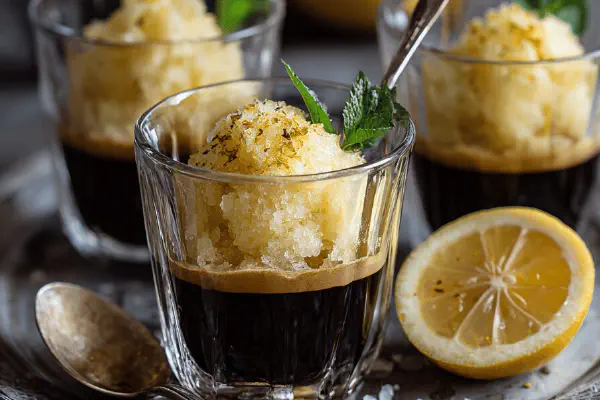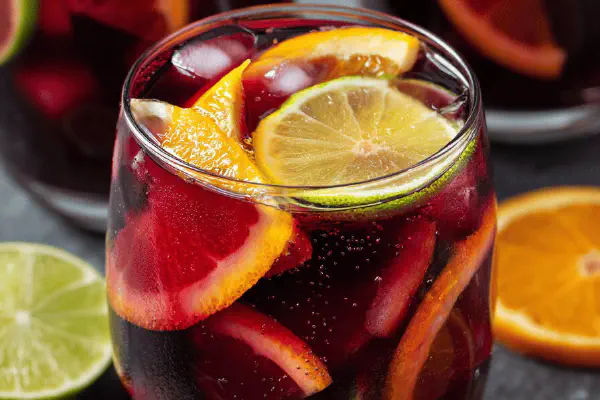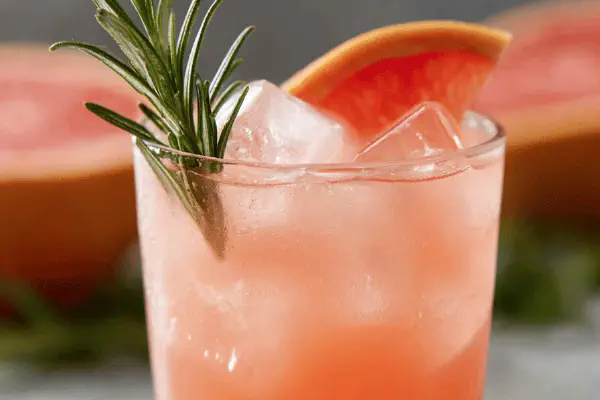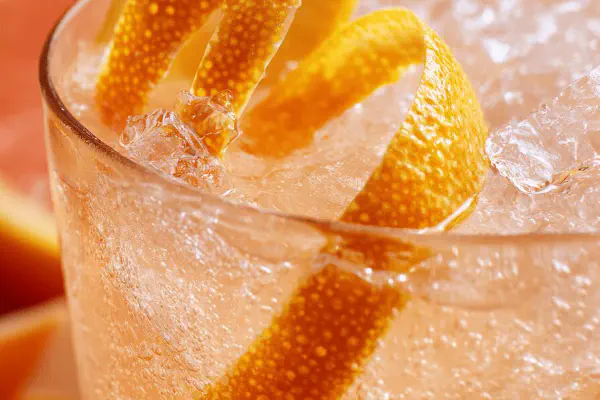Zesty Citrus Lemonade
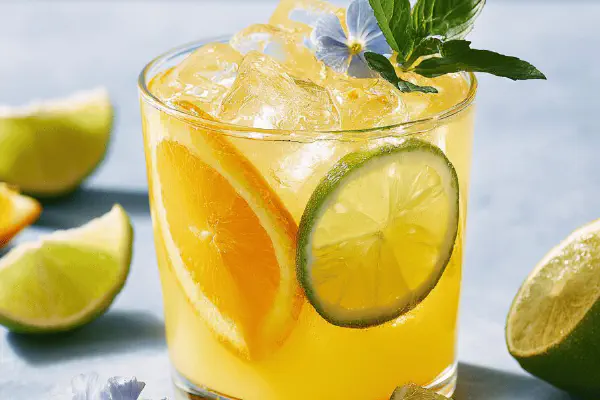
By Emma
Certified Culinary Professional
Ingredients
- 1.65 litre cold water (about 6 3/4 cups)
- 270 ml white granulated sugar (1 1/8 cups)
- Zest of 3 lemons, finely grated
- Zest of 3 oranges, finely grated
- 140 ml fresh lemon juice (approx. 3 1/2 large lemons)
- 420 ml fresh-squeezed orange juice (about 9 medium oranges)
About the ingredients
Method
- Start heating 240 ml water (1 cup) with sugar in a medium saucepan over medium heat.
- Add zest from all citrus fruits to the saucepan while sugar dissolves, keep stirring gently.
- Once sugar is fully dissolved—should be around 4-6 minutes—the liquid will smell vibrant and thick with citrus oils.
- Take off heat, strain mixture through a fine sieve or cheesecloth to remove zest bits. Press lightly to extract maximum flavor but no pulp chunks.
- Pour hot syrup into a large pitcher. Add remaining 1.41 litres cold water and all fresh lemon and orange juice.
- Stir briskly to blend syrup into cold liquids—won't be syrupy but well-integrated bright flavors.
- Cover and refrigerate minimum 1 hour 45 minutes. No less; needs chill to thicken aroma and settle acidity.
- Stir again just before serving over ice. Should be tangy, lightly sweet with citrus brightness riding clean and crisp.
Cooking tips
Chef's notes
- 💡 Heat sugar with a small amount of water gently. Watch sugar dissolve not boil. When scent picks up—zest oils bloom—stop stirring hard. Timing shaky but scent buzz tells. Boiling kills zest brightness, makes bitter. Use medium heat only. Stir ring-a-ring of flavor, slow swirl—not splash. Zest pressed gently, don’t squish. Bitterness lurks underneath force.
- 💡 Strain syrup immediately while hot to catch all zest bits. Cheesecloth or fine sieve, whatever fits. Press slowly for max flavor without pulp chunks. Hot syrup carries oils better—pour over cold water and juice right after. Mix quick before syrup cools thick. Cold syrup means slick stay separate layers. Blend while warm to merge flavors.
- 💡 Chill the lemonade minimum 1 hour 45 minutes. Not less. Long chill smooths edges, aroma settles, bite softens without dulling punch. Heat scent fades, flavor layers emerge. Don’t rush this step. Ice cubes mix too fast and dilute, ok in a pinch but not best. Gentle fridge cold best for tension release and aromatics.
- 💡 Sub sugars if needed. Maple syrup or brown sugar adds darker tastes, changes body. Maple brings bitter side, adjust juice proportions or zest quantity cut. Brown sugar thickens syrup faster, affects mouthfeel. Agave swaps balance sweetness but watch syrup stage timing. Keep ratios tight or whole punch gets lost or muddled.
- 💡 Zest only outer colorful peel. White pith bitter—skip or minimal. Organic citrus best. Pesticides cling peel oils, so washed/local or organic really matters. Fresh juice always beats bottled for bite and aroma but last resort works. More zest if bottled juice used to punch up aroma and bright notes. Blend then strain—no blender direct zest, too harsh.
Common questions
Why no boiling syrup?
Boiling scorches zest oils, bitter edge spikes. Heat just enough to melt sugar and release aroma. Watch for scent, not bubbles. Keeps brightness. Boil loses nuances. Stop early.
Can I swap sugars?
Yes. Maple adds bitterness, brown sugar dark notes, agave sweeter but shifts balance. Adjust zest or juice. Less sugar okay for tart lovers. But syrup stage changes. Watch syrup thickness and timing while heating.
Syrup grainy or gritty—why?
Sugar not fully dissolved or zest bits left. Stir gently so dissolve complete. Strain well immediately while warm. Press zest lightly, no pulp chunks. If impatient, chill dilutes flavor. Patience pays off.
How store lemonade?
Fridge only. Lasts 3-4 days max. Stir before serving. Ice dilutes, so store undiluted. Can freeze but loses texture and aroma. Use airtight container to keep zest aroma and prevent fridge odors. Avoid sunlight or heat to maintain brightness.
